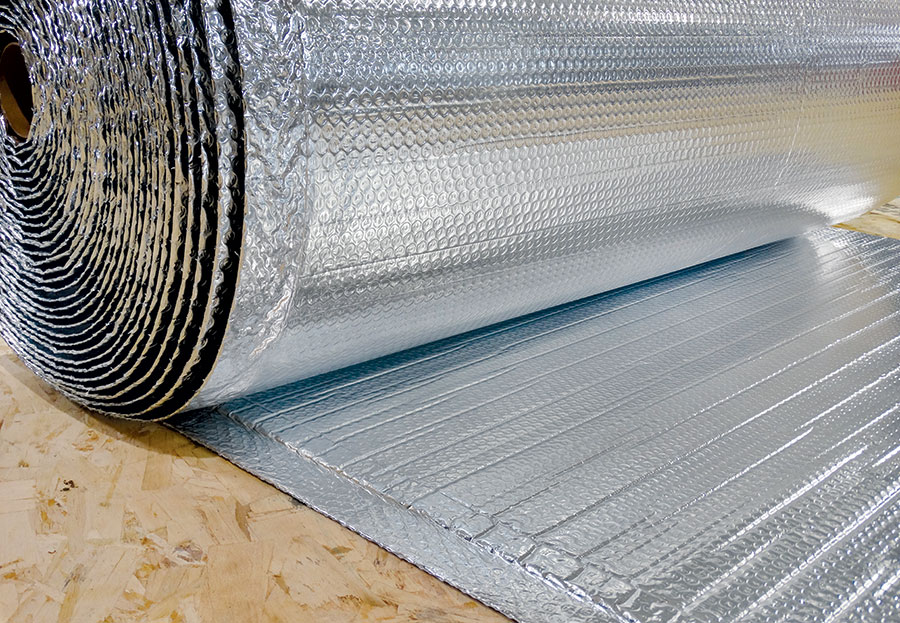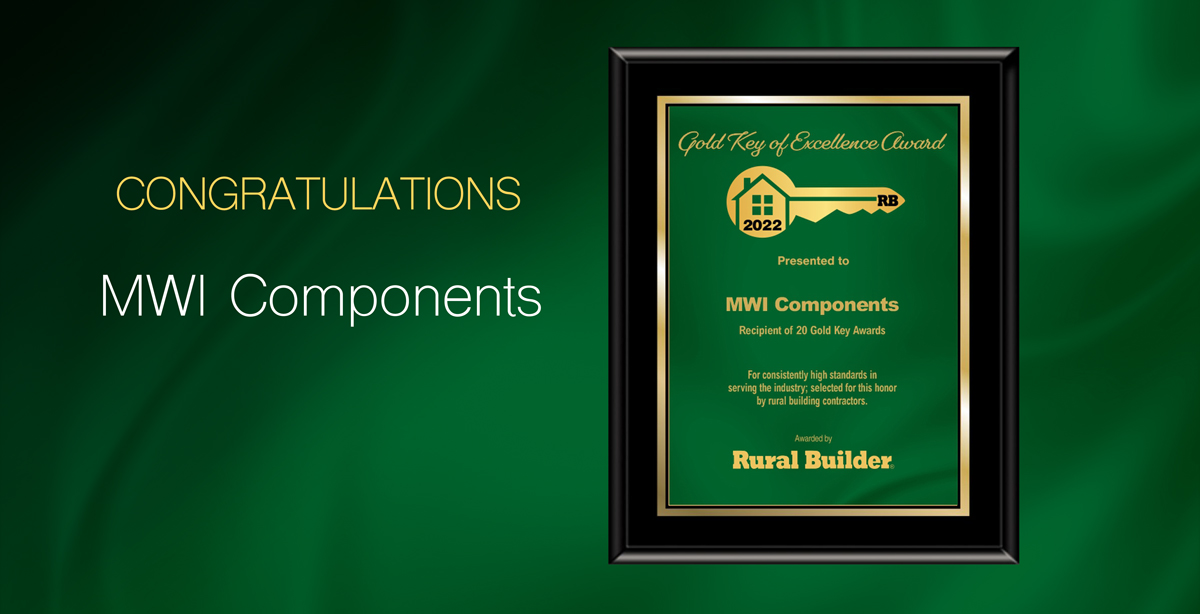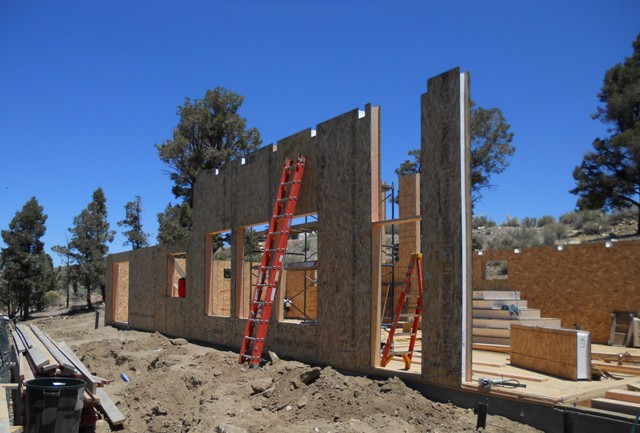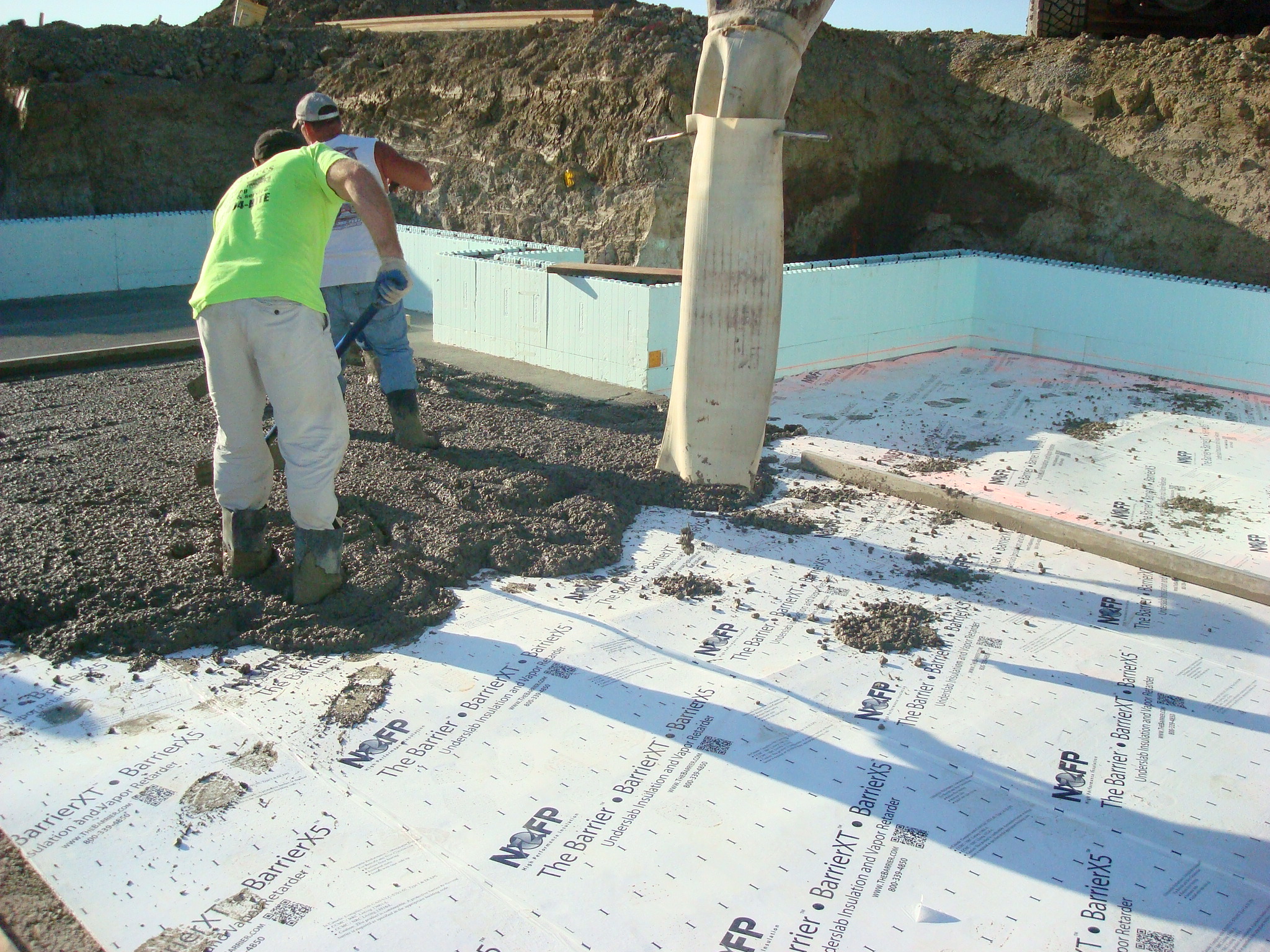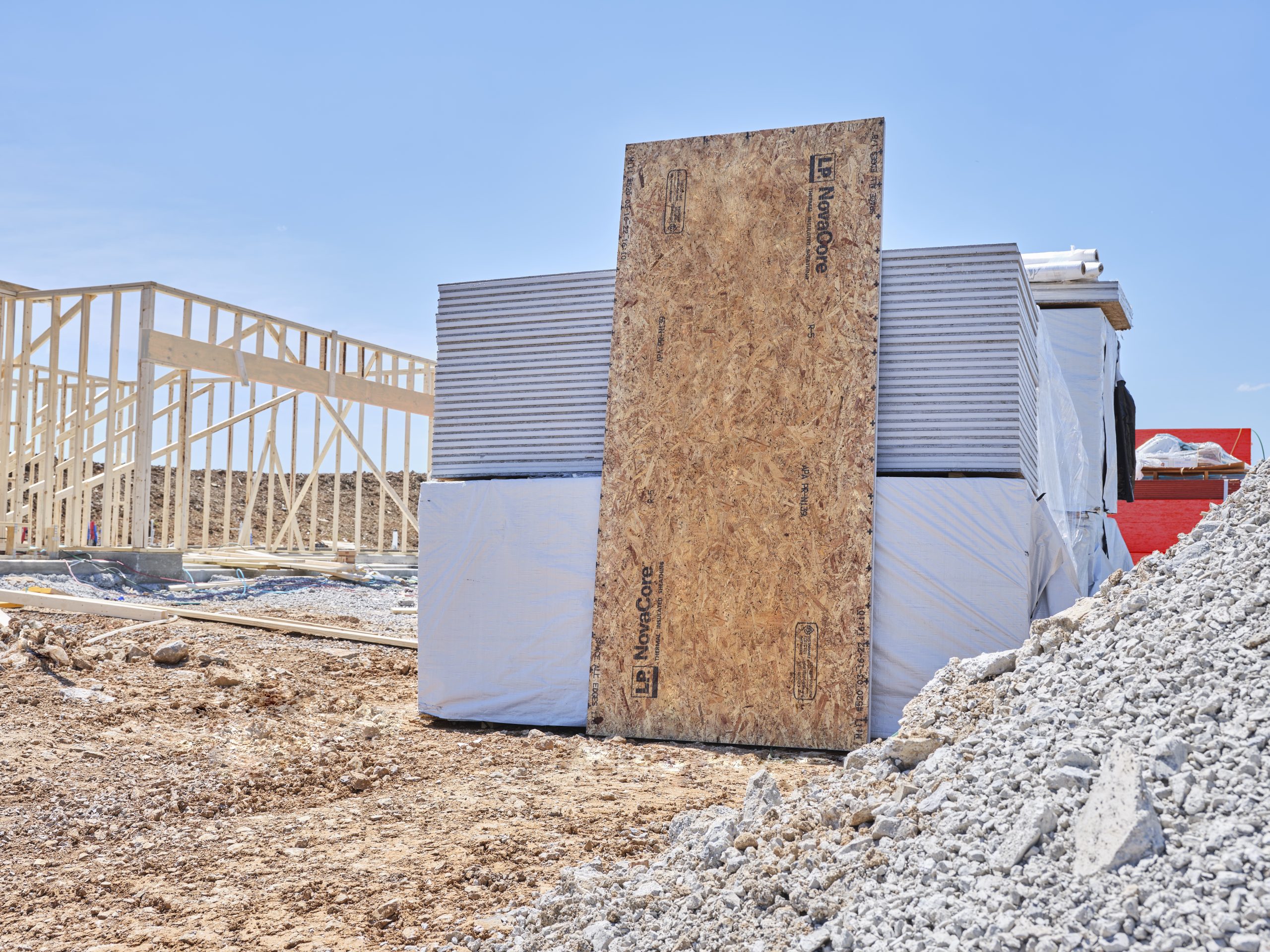www.kennedyinsulationgroup.com
Planning:
Consumers often don’t take into consideration the radiant heat transfer that occurs in a roof. Versola Reflective Insulations helps keep a building cooler in the summer by blocking 96% of this radiant heat transfer.
Installation:
Versola Reflective Insulation can knock out 96% of the radiant heat transfer into a roof and only needs a small space to accomplish this feat!
And no personal protective equipment needed when you’re installing (not like the itchy pink stuff). Our reflective insulation can be installed with knife and staple gun! To keep the insulation the most efficient make sure to keep an air gap!
www.rfoil.com
Planning:
Consumers are more aware of energy and energy consumption in their homes than ever before. There is a growing, potentially big marketplace for replacing cracking, brittle insulation.
Also keep in mind installation method. Each manufacturer has their own way to install retrofitted insulation, so evaluate your project accordingly.
Installation:
Before installation, check the building and ceiling materials for evidence of moisture accumulation. Existing moisture issues should be solved before installation. Metal sweats, so you want to stop condensation from gathering on the inside.
You can use reflective insulation in conjunction with other insulations to create the most efficient system possible.
www.nofp.com
Planning:
You have to contend with the structural elements of the existing building, so evaluate what is going to be best for your specific situation.
Whenever I talk to someone about retrofit, you have to consider the benefits. What is overkill vs. what is going to give you a return on your investment?
Installation:
An insulation with a self-taping flange along one edge eliminates the extra cost of seaming tape.
Reflective insulation can make mass-based insulation more thermally efficient by reducing the radiant energy gain.
www.mwicomponents.com
Planning:
Condensation and R-Value are incredibly important considerations with regards to insulation retrofit. First, it is vital to make a clear difference between traditional insulation and foil insulation, like MWI’s Infinity Shield™. Traditional insulation works to absorb heat, and R-Values are crucial to this material. With absorption of heat comes absorption of moisture, which reduces R-Value over time as traditional insulation compresses from moisture. Moisture does not have the same effect on foil insulation, because foil utilizes reflectivity (rather than absorption); therefore, R-Values are considerably less influential.
Over time, foil insulation will achieve the same cool temperatures in the summer by reflecting heat, and in the winter months, foil insulation will sustain the same warm temperatures through heat retention.
Installation:
The two most overlooked tips for energy efficiency relate to the consideration of intake and exhaust. The relationship between intake and exhaust is critical to both moisture control and energy efficiency on a building structure. (For more information on ventilation tips, check out the Blog on MWI’s website: Ventilation, A Symphony.) RB


